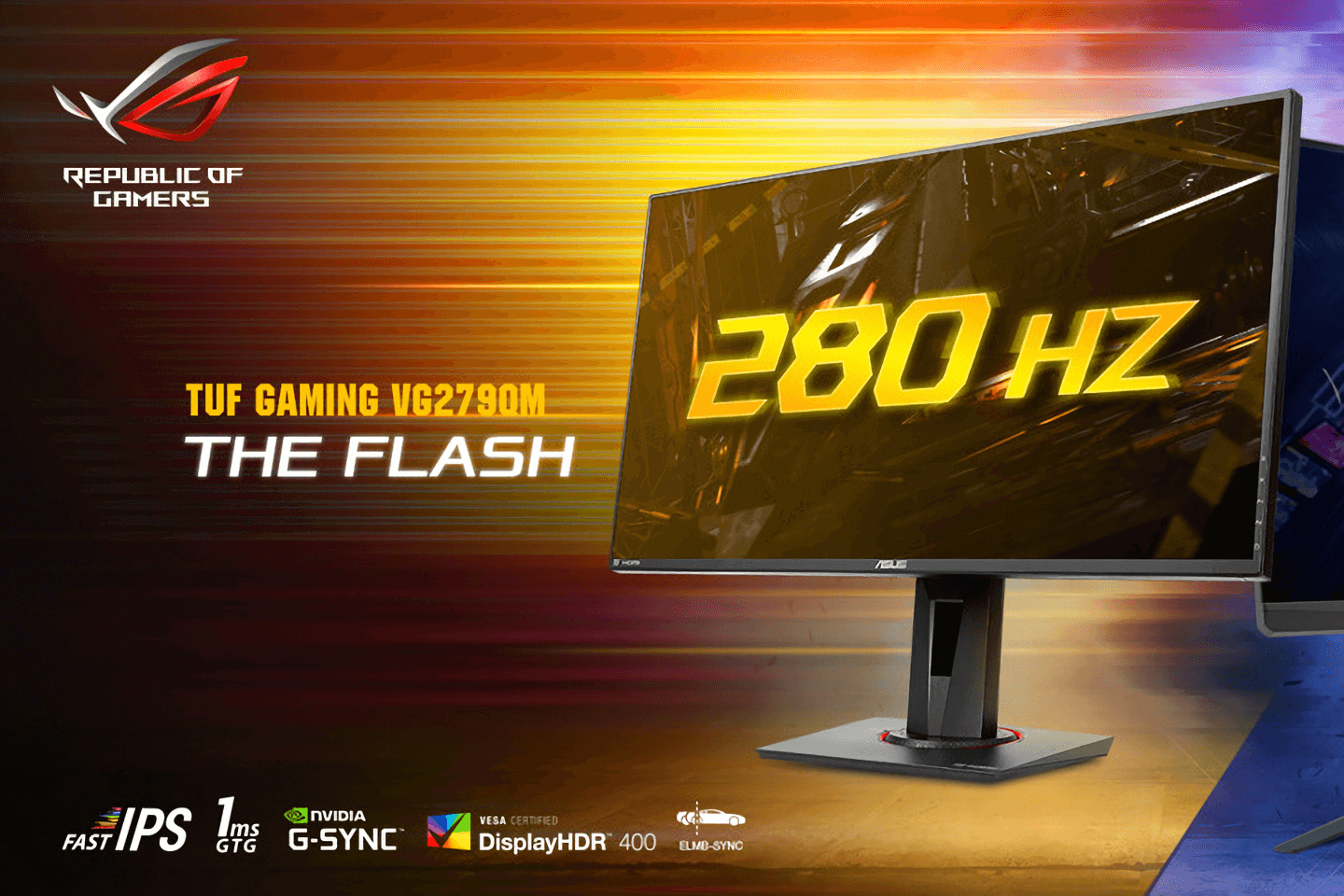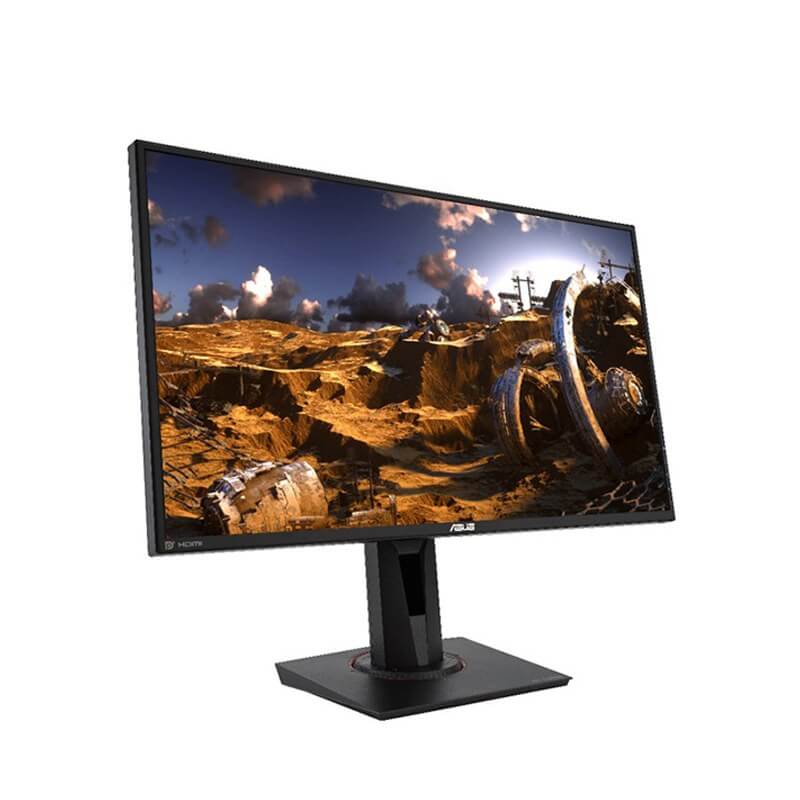In brief: Some companies within the PC gaming industry -- we're looking at you, Nvidia -- would have you believe that 240Hz monitors are the best way to obtain a competitive edge over other players in eSports titles like Overwatch or CS: GO. However, it seems even that isn't quite good enough for Asus. A product listing reveals that the company is now selling a monitor with "up to" an astounding 280Hz refresh rate.

The monitor in question is the TUF Gaming VG279QM, which seems to have been nicknamed "The Flash." The product only appears to be available on Taiwanese retail website Taobao for now.
The VG279QM is 27" with a 1920x1080p resolution. This is not an ideal combination, as the pixel density is going to be a bit worse than it would be on, say, a 24" monitor. However, the panel is also IPS, so perhaps Asus believes it's a worthwhile trade-off for superior image quality and colors.
There's also HDR400 tech built-in to the VG279QM, with a maximum brightness of 400 nits. In terms of input methods, you can opt for HDMI or DisplayPort, which is pretty standard fare for most modern monitors.

Circling around back to the Asus' 280Hz claims, there are a few details to discuss here. First, a Google-Translated version of the VG279QM's store page seems to imply that 280Hz is "native" to the monitor, but the device's description lists 240Hz as the base refresh rate. Whether or not this is a mistake on Asus' part, or simply the result of a poor translation, we cannot say for sure.
Regardless, even if it takes some extra tweaking -- say, enabling a specific monitor setting or overclock -- for the VG279QM to reach 280Hz, it would still be quite the achievement. Very few, if any, competing monitors have been able to reach that level yet. Of course, one could argue that it's never proved necessary.

Speaking from experience, even a top-end rig with a 2080 Ti and an 8700K is not likely to reach 144FPS in modern AAA games (with reasonable quality settings, that is), much less 240 or 280FPS.
However, in games like Fortnite or League of Legends, it might be achievable, and videos from Linus Tech Tips seem to suggest it could even be beneficial -- if only slightly.
At any rate, if the VG279QM seems like the monitor for you, you may have to wait a while. As we said before, it's only available in Taiwan at the moment, and Asus has not announced any plans to bring it to other regions yet. However, we will be reaching out to the company for more details about availability and pricing.
https://www.techspot.com/news/83242-asus-selling-280hz-monitor-taiwan-store-page-reveals.html

